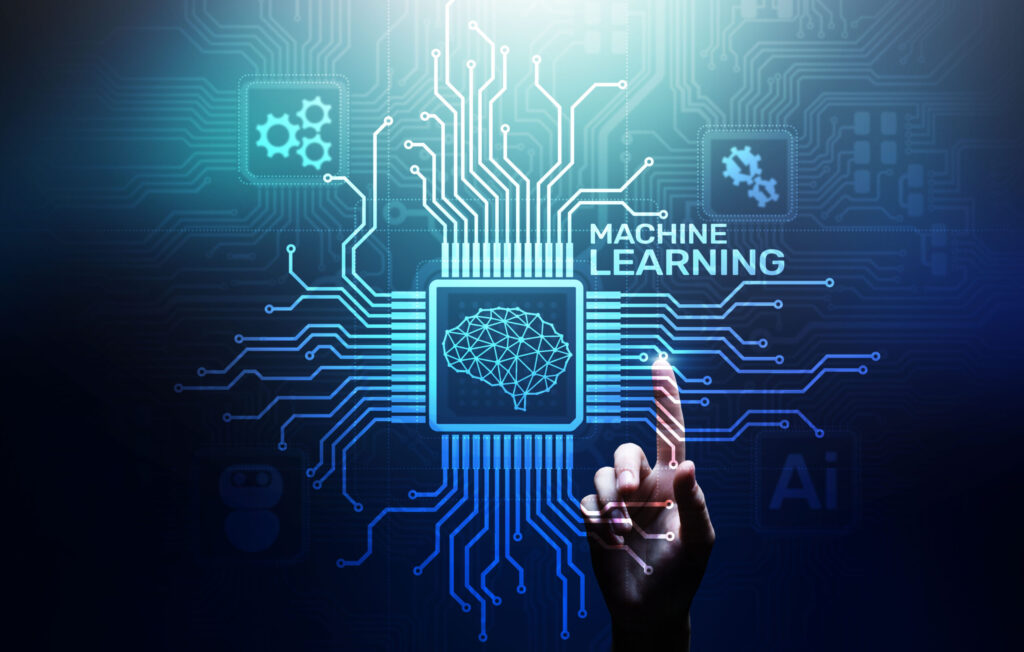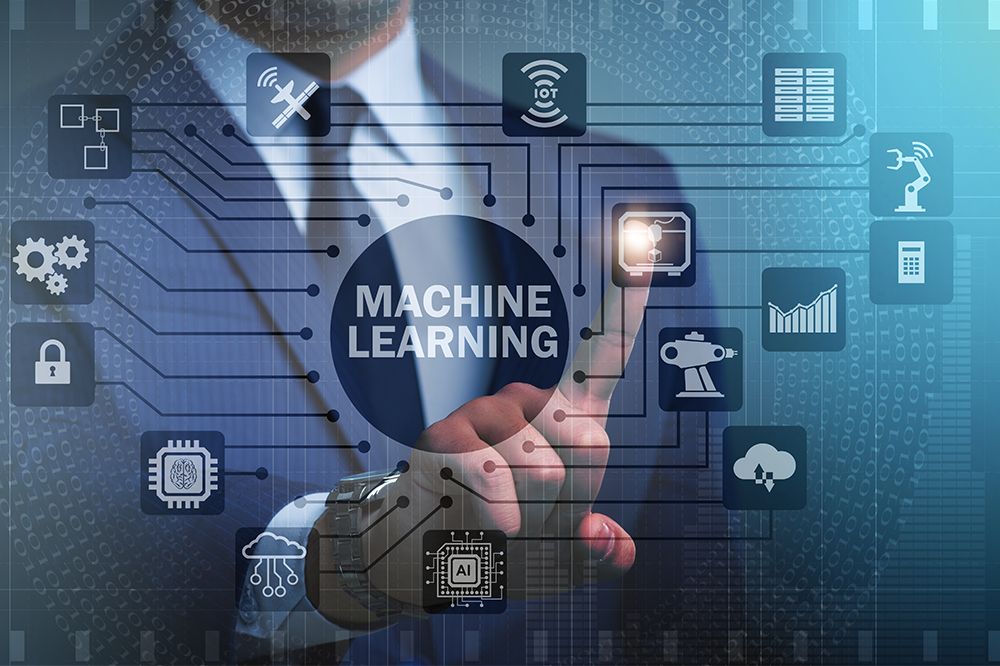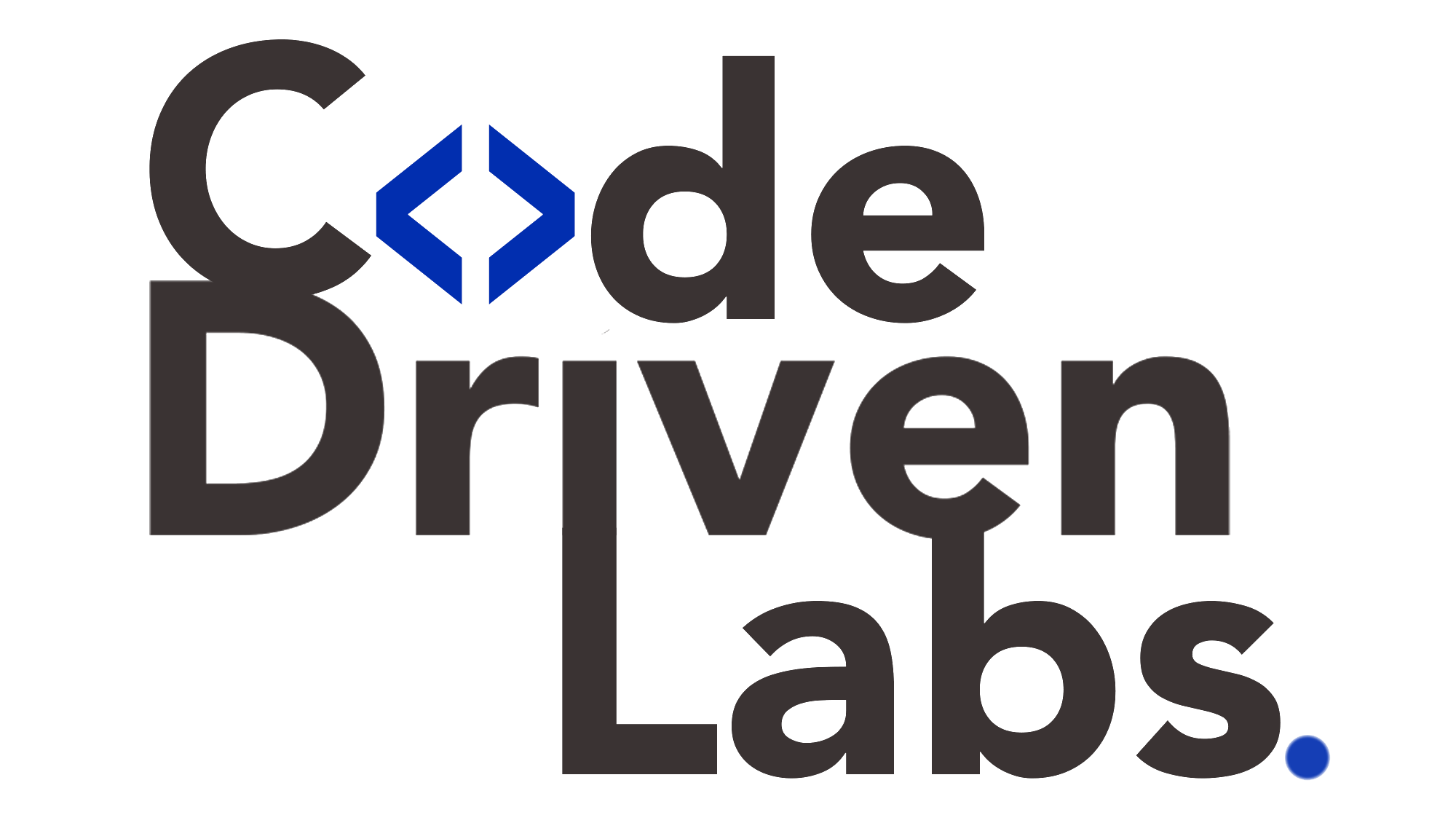Level up your business with US.
- Home
- Foundation Models and the Future of Machine Learning: What Developers Need to Know
Foundation Models and the Future of Machine Learning: What Developers Need to Know
July 31, 2025 - Blog
Foundation Models and the Future of Machine Learning: What Developers Need to Know
Machine learning (ML) is evolving at lightning speed. At the forefront of this transformation is a powerful class of models known as foundation models. These models—massive, pre-trained, and adaptable—are rapidly becoming the standard for building intelligent systems across industries.
Whether you’re a startup CTO, a machine learning engineer, or a software developer, understanding foundation models in 2025 is no longer optional—it’s essential. In this guide, we’ll explore what foundation models are, how they’re shaping the future of AI, and what developers need to know to stay competitive. We’ll also dive into how companies like Code Driven Labs are enabling businesses to harness these models effectively.
What Are Foundation Models?
Foundation models are large-scale machine learning models trained on vast datasets using self-supervised or unsupervised learning techniques. Unlike traditional models designed for narrow tasks, foundation models serve as a base (or “foundation”) for a wide range of downstream applications. Examples include:
-
GPT-4 and Gemini for natural language understanding and generation
-
DALL·E and Stable Diffusion for image generation
-
BERT and RoBERTa for NLP tasks
-
CLIP and Flamingo for multimodal tasks (text + image)
They can be fine-tuned to perform domain-specific tasks—whether that’s medical diagnosis, legal document review, customer support chatbots, or code generation.

Key Characteristics of Foundation Models
-
Scale
Foundation models often contain billions or even trillions of parameters. Their size enables them to capture complex patterns across different domains and languages. -
Versatility
Once trained, these models can be adapted to solve a wide variety of problems—text summarization, question answering, classification, and more—with minimal task-specific data. -
Transfer Learning
They make it easier for developers to transfer learned knowledge from one domain to another, drastically reducing time and resources needed to build AI-powered systems. -
Multimodality
Modern foundation models are no longer limited to just text. They are now capable of understanding and generating multimodal outputs—combining text, image, video, and code.
Why Are Foundation Models So Disruptive in 2025?
1. Shorter Development Cycles
Developers no longer have to train models from scratch. With foundation models, teams can build and deploy AI applications in weeks rather than months, reducing R&D costs and accelerating innovation.
2. Lower Barriers to Entry
Pre-trained APIs and open-source foundation models mean that even small startups or teams without large datasets can build powerful AI systems.
3. Improved Accuracy and Performance
Fine-tuning a foundation model often yields better accuracy than training small models from scratch—especially in low-data or domain-specific contexts.
4. Consolidation of Model Architectures
Instead of building many small models for different tasks, businesses are investing in one large foundation model and adapting it across departments—driving efficiency and consistency.
Challenges of Working with Foundation Models
While promising, foundation models are not without their challenges:
-
High compute requirements for training and sometimes inference
-
Bias and fairness concerns due to the large, sometimes unfiltered datasets used
-
Explainability and transparency issues
-
Data governance and compliance complexity
-
Cost and vendor lock-in for commercial models
To truly benefit from foundation models, developers must approach them thoughtfully, with clear strategies for deployment, monitoring, and ethical use.
What Developers Need to Know in 2025
1. Prompt Engineering and Fine-Tuning
Understanding how to craft prompts or fine-tune foundation models is now a core skill. With techniques like LoRA (Low-Rank Adaptation) and PEFT (Parameter-Efficient Fine-Tuning), developers can adapt large models to niche use cases using limited compute.
2. Model Evaluation and Safety
Evaluation must go beyond accuracy. Developers need to assess models for toxicity, hallucination, fairness, and robustness—especially for production use.
3. Deployment Strategies
Using tools like Hugging Face Transformers, LangChain, or OpenAI APIs, developers can integrate models into apps, microservices, and cloud-native architectures with minimal friction.
4. Edge and On-Device AI
With new lightweight versions of foundation models (e.g., LLaMA 3, Phi-3), developers can now deploy AI at the edge—on mobile phones, IoT devices, or embedded systems—without relying on centralized cloud resources.
How Code Driven Labs Helps Developers Leverage Foundation Models
Code Driven Labs is a leading software development partner that helps startups, enterprises, and government agencies harness the power of modern AI, including foundation models.
Here’s how Code Driven Labs supports its clients in the foundation model revolution:
1. AI Strategy and Consulting
Code Driven Labs helps clients identify where and how foundation models can provide real business value. This includes use case evaluation, feasibility analysis, and ROI modeling.
2. Custom Fine-Tuning
Rather than using out-of-the-box models, Code Driven Labs fine-tunes foundation models on proprietary datasets, ensuring solutions are tailored to the client’s needs—be it legal tech, finance, healthcare, or ecommerce.
3. Infrastructure and MLOps
Deploying large models is not easy. Code Driven Labs sets up scalable infrastructure on AWS, Azure, or GCP with best-in-class MLOps pipelines, model monitoring, and rollback mechanisms.
4. Ethical AI and Compliance
With growing concerns around AI ethics and regulation, Code Driven Labs ensures all model deployments follow responsible AI principles, including data privacy, bias mitigation, and explainability.
5. End-to-End AI Application Development
From prototype to product, Code Driven Labs builds full AI-powered applications that integrate foundation models seamlessly with frontend, backend, and analytics systems.
Use Cases: Foundation Models in Action
-
Customer Support Automation
Using LLMs like GPT-4, Code Driven Labs helped a fintech company automate 60% of customer queries while maintaining a human-like tone. -
Legal Document Review
For a legal tech client, they fine-tuned BERT-based models to scan thousands of documents and highlight key clauses—saving 80% of paralegal review time. -
AI-Powered Code Generation
In a developer tools project, Code Driven Labs integrated foundation models that help engineers write, debug, and explain code snippets instantly.

Final Thoughts: The Future is Foundation Model-Driven
The emergence of foundation models has sparked a paradigm shift in how we approach machine learning and software development. In 2025, developers are expected not only to write code but also to work alongside powerful AI models that understand, reason, and generate like never before.
To thrive in this new era, developers must:
-
Learn how to work with and adapt foundation models
-
Stay updated on model capabilities, licensing, and risks
-
Focus on building human-in-the-loop systems for safety and trust
With the right partners—like Code Driven Labs—companies can move beyond experimentation and build production-ready AI systems that are scalable, ethical, and impactful.
